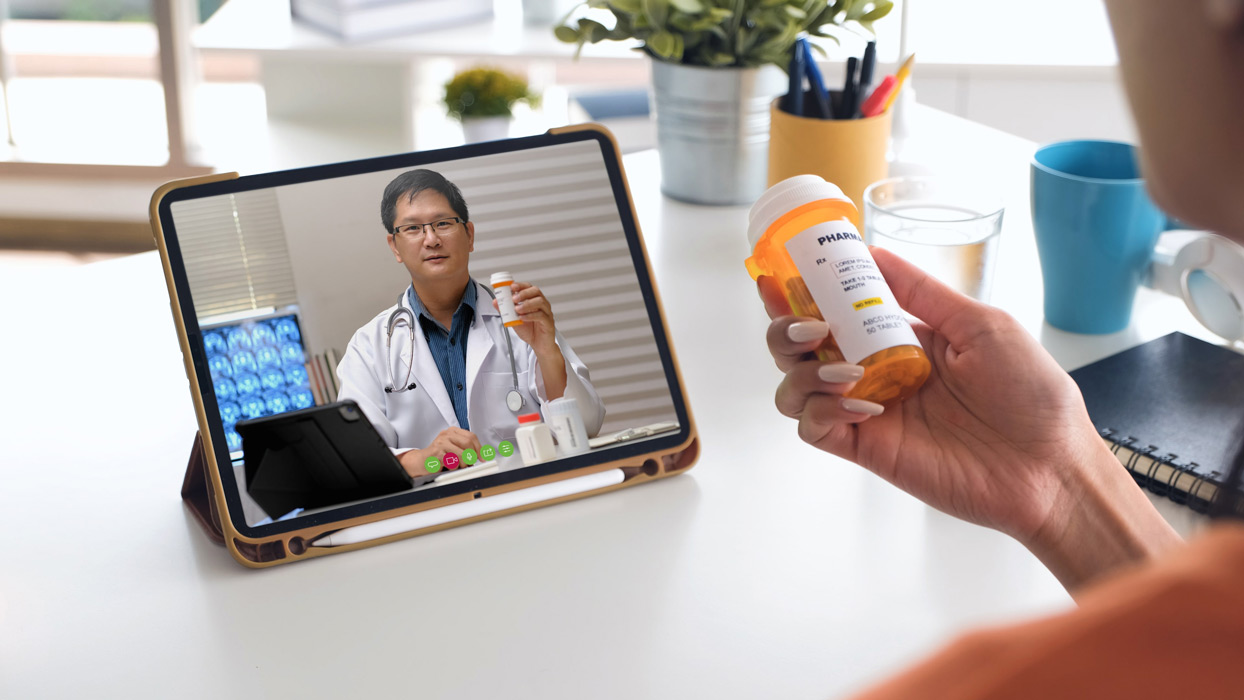Remote Patient Monitoring: Empowered Healthcare

With remote patient monitoring, both doctors and patients can take the smarter, faster, and better path to health and wellness.
During this pandemic, more and more people have turned to virtual care to take control of their health and wellbeing. Remote Patient Monitoring (RPM) is one of the emerging innovations brought on by this global trend.
In this article, we’ll take a closer look at what RPM is and the different types of RPM devices. We’ll discuss its benefits for both healthcare providers and patients, as well as market trends and predictions by analysts.
What is remote patient monitoring?
Remote patient monitoring (RPM) is the use of digital technology to track--in real-time and from a distance--changes in a patient’s health data. With RPM, personal health information is transmitted electronically, enabling medical professionals to deliver healthcare services remotely.
Patients monitor themselves to collect health data throughout the day, then transmit this information to their doctors or technicians. These medical professionals then assess that information to make daily or even hourly recommendations. This rapid exchange of real-time information could mean the difference between health and death. Being able to continuously modify treatment protocol, doctors can evaluate the efficacy of treatment or detect medical complications earlier.
What are the different types of remote patient monitoring devices?
RPM devices enable healthcare professionals to collect data more frequently and consistently than during clinic appointments. From blood sugar and blood pressure to heart rate and weight, here are a few examples of remote patient monitoring devices.

What are the benefits of remote patient monitoring?
Early detection
Knowledge is power, and gaining that knowledge in a consistent and timely manner means healthcare providers can intervene before it’s too late. With the early detection of side effects and complications, medical professionals can set patients on the right track to care management.
Less strain on the healthcare system
With accurate, real-time data, healthcare professionals can analyze patient health information and quickly make recommendations. This reduces the chances of issues escalating and requiring emergency care, thus reducing hospital admissions.
More accessible healthcare
For those living in remote areas, have busy schedules, or are hindered by mobility issues, remote patient monitoring is a more convenient and consistent way to take charge of their health.
Stronger patient-provider relationship
Frequent communication between the patient and provider is critical in healing and recovery. Remote patient monitoring helps nurture trust and transparency and empowers patients to be more engaged in their health journey. As patients observe their health daily, they can better understand their disease and manage their symptoms.
Improved quality of life
Proactively monitoring their health without frequent or long periods of hospital confinement, patients can have a less stressful, more responsible, and more cost-effective path to healing. RPM services give patients greater peace of mind, allowing them to worry less about unexpected medical issues and focus more on the things they love and matter to them.

Source: Klas Research
The future of healthcare
With the world’s aging population and overburdened health systems, remote patient monitoring can make everyone’s journey to health and wellness a better one. Technology that informs and empowers both patients and providers can improve patient outcomes, cut costs, and free up precious resources.
In a recent survey, 43% of respondents believe that RPM adoption will be on par with in-patient monitoring in five years, and 35% believe that it will surpass in-patient monitoring in this timeframe. The global RPM systems market is projected to be worth over USD1.7 billion by 2027.
In the past year, we have seen a meteoric rise in digital adoption across various industries. Healthcare looks to be no exception. While this pandemic has been an unprecedented ordeal for the global healthcare system, it has also paved the way for innovations and advancements that can help save lives.
As one of the Top 20 EMS companies in the world, IMI has over 40 years of experience in providing electronics manufacturing and technology solutions.
At IMI, we believe that humanity drives technology, and we direct our passion at solutions that enhance our way of living. With more than 400,000 square meters of factory space in 22 factories across 10 countries, we are positioned to build your business on a global scale.
Our proven technical expertise, worldwide reach, and vast experience in high-growth and emerging markets make us the ideal global manufacturing solutions partner.
Let's work together to build our future today.
Other Blog



